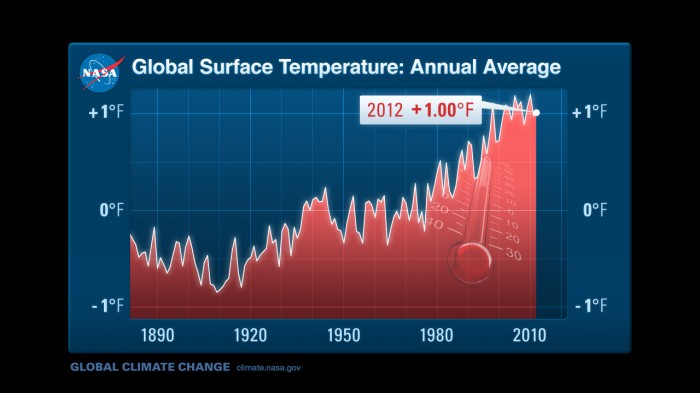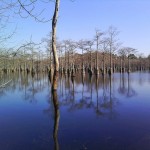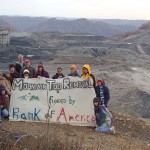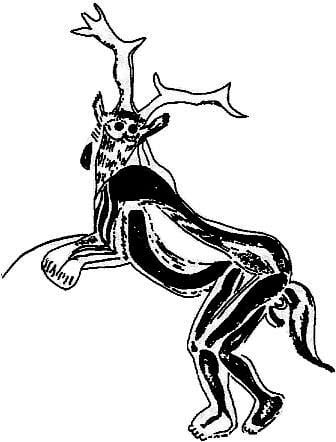Editors’ Note: This article is part of the Public Square 2014 Summer Series: Conversations on Religious Trends. Read other perspectives from the Pagan community here.

I started from the question, “Has Pagan environmentalism failed?” My short answer is the title of this post. A longer answer would fill a book. I chose in the space I have to focus on the biggest single challenge we are facing.
Firstly, I am not going to entertain any arguments from people who think that climate change 1) isn’t happening, 2) isn’t caused by human beings, or 3) isn’t a big deal because Gaia is vast and beneficent and either can’t be harmed by us or won’t let bad things happen. If you think any of those things, then you simply don’t understand the science involved and need to go educate yourself. I recommend starting here (especially the “Guide for the Perplexed”), and then maybe branching out to here and here. If you are a glutton for punishment and/or love hundreds of pages of terrifying statistics, read the successive reports from the Intergovernmental Panel on Climate Change. (They do have summaries).
Understand also that climate change is not “in the future.” It’s already happening. The ice caps are already melting. Glaciers which have existed throughout documented history, including ones which marked national boundaries, have vanished or are vanishing. The sea levels are rising, and we are already seeing the first climate change refugees. Our news is full of unusually violent storms and flooding alternating with drought. The future of consequences brought on by our collective arrogance, greed, and waste is upon us…and it’s only going to get worse. The question is not “will people die because of climate change?” but “how many?” A low estimate is in the millions. The high estimate is everybody.
Because it could be even worse than the worst CO2 emission models. A catastrophic release of frozen methane hydrate from the Arctic is the primary suspect in the largest extinction event in our planet’s history: the Permian, which wiped out 95% of the planet’s life.
Life itself is resilient and can probably survive our mucking about with the planet’s biosphere, though that’s not really a bet I care to take. We probably won’t. In fact, we may be looking at the answer to the Fermi Paradox: Given how many habitable planets there probably are in the universe, why has no one ever (to our knowledge) stopped by for a visit? For reasons we don’t yet understand, life may be exceedingly rare. Or perhaps intelligent life is exceedingly rare (or just our kind of tool-making, environment-shaping intelligent life. Dolphins are pretty smart, but they don’t make stuff.) Or…there may be some limiting principle that keeps species from ever reaching beyond their home planet the vast majority of the time. Something that regularly causes intelligent species to go extinct.
Such as gaining the technological capacity to alter their environment beyond livability before they gain the common sense not to do that.
It’s not like it hasn’t happened before, on a smaller scale. That’s more or less what happened to the Anasazi, among others. Humans are manifestly capable of overusing their resources/damaging their environment/shooting themselves in the foot. Nor are we somehow immune to extinction; it almost happened once already because of a massive climate disruption created by a super-volcano.
So. We are vulnerable, and we are mortal, and we are capable of stupidity. What else is new?
Given the direness of the situation…and it is dire, though the slowness of our planet’s reaction to gigatons of CO2 being dumped into the atmosphere has some people fooled…it’s no wonder that some of us are reacting with words like these from Peter Grey’s “Rewilding Witchcraft”:
There is no magic that can fix this; witchcraft, as I have written, flies on the wings of the storm, it cannot change the physical elements we have locked into our climate system. Witchcraft must gaze fixedly at this future. Witchcraft must be the first movement to be brave enough to accept the Anthropocene and to make our last stand…We are all on the fierce path now.
Or this, from Sarah Anne Lawless:
We are doomed. The earth and nature are not doomed. We are doomed, we humans. If we want to be honest with ourselves about the future of life on earth then we must be on the side of nature and not on the side of humanity.
I can’t deny there’s some truth in all this. We are already much further over the edge than anyone seems to realize, partially because the petroleum industry has very deep pockets, a PR budget, and a vested interest in keeping everyone confused. We must be willing to face reality, not with denial or platitudes or false hope, but with compassion and resilience. Our best hope, if hope there be, lies outside the comfortable light of human civilization’s campfire. And yet, and yet…the other side of a traditional witch or shaman’s dual allegiance is her human community. That duality has never been, will never be easy. Under the circumstances, the difficulty of the path may be in direct proportion to its value.
Consider that in many traditional cultures the ritual challenges a young person faces before being accepted into adulthood are real and dangerous and no mere formality. The collective crisis humanity is facing has something of that shape to it, or of the kind of dissolution and rebuilding of the psyche that a shaman undergoes. We are just on the leading edge of it, but what if the doom we feel breathing down our necks is not certain death, but transformation…the last hurdle before we truly come into our own. If, indeed, we are able to win through, which is by no means certain. I am not trying to downplay the depth of the challenge before us. The challenge is real, and complacency is poison. But instead of preaching resignation or withdrawal, I wish to suggest another possible path, one to which we should commit our whole selves, along with whatever allies we can win along the way.
It’s time to grow up.












